API Business Models and How They Future Proof eCommerce
GetElastic
AUGUST 25, 2021
This also means, you are getting up to speed on API business models and the many eCommerce use cases they enable. APIs can be described as the connective tissue that enables a multi-solution architecture to deliver business value. The way to think about internal vs. external is within the context of firewalls and hosting.




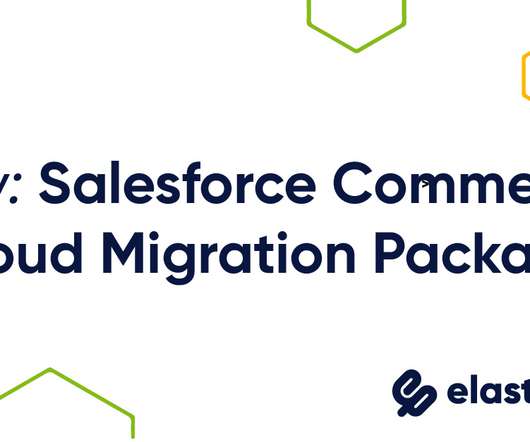
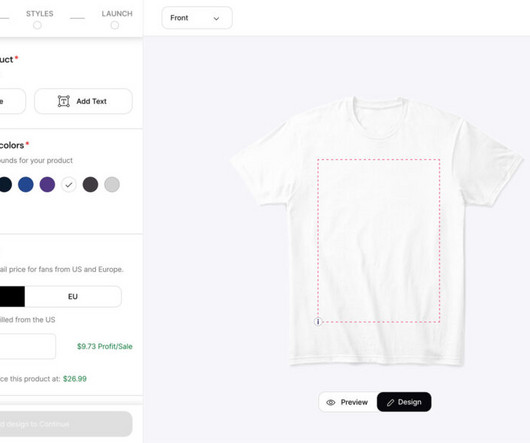

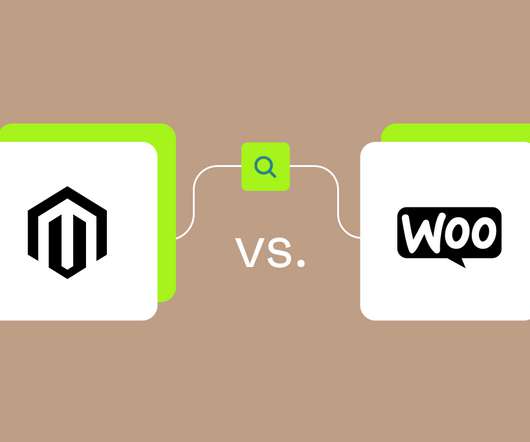

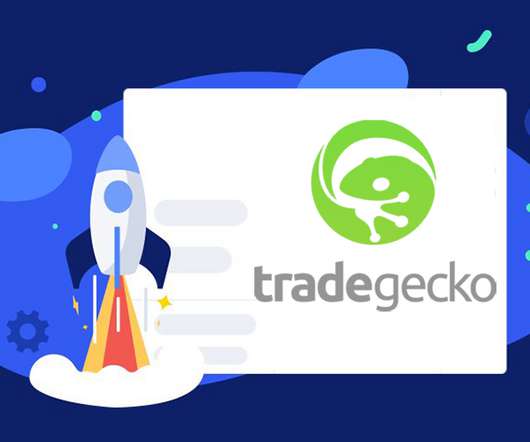


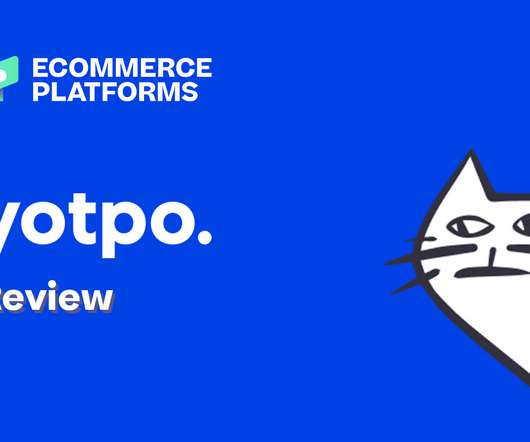

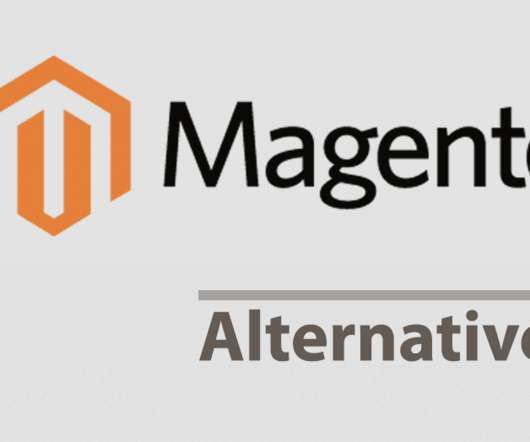







Let's personalize your content